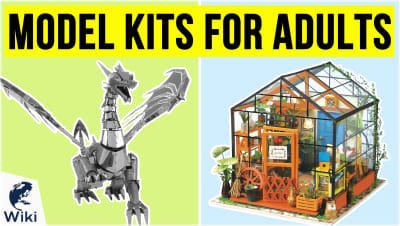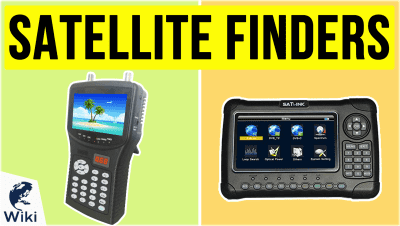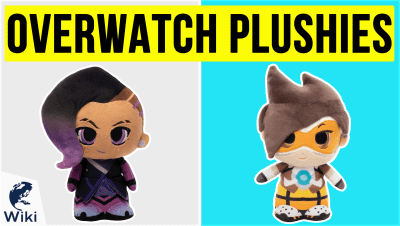The Unofficial John Orion Young Wiki
Among the multitude of dapps that have been released on the Ethereum blockchain, John Orion Young's site has stood out because of his intricate works of art that can be owned and traded thanks to the ERC-721 token standard. Let's take a closer look at this innovative artist and how he sells his work online. If you're interested in digital art, try this list of the best graphic design books. This video was made with Ezvid Wikimaker.
How Do I Purchase Art From John Orion Young?
If a particular piece strikes your fancy, you can purchase it on Young's official website. Similar to other crypto collectibles such as CryptoKitties and Factbar, Young uses MetaMask, a digital wallet. You can supply Ether to your MetaMask wallet using Coinbase if you're in the US, and ShapeShift if you want to exchange cryptocurrency. Once you're logged in to MetaMask, you can click "Buy," and then submit the transaction.
Once I Purchase A Work Of Art, What Can I Do With It?
For now, you can simply enjoy it. The site's FAQ states that a virtual reality component is being developed that would allow owners to interact with their art. Currently, they reside on the website, and someone else can buy it from you at an increased price. If that happens, you'll earn a profit, and you can withdraw the funds. The process is somewhat similar to that of Factbar, so you may benefit from this guide to claiming Factbars.
Making Art In Virtual Reality
John Orion Young Links
In Depth
John Orion Young is an artist who has taken advantage of the ERC721 standard to create unique works of digital art that are backed up by the Ethereum blockchain. Users can buy and sell these digital assets, and since each one is unique, you really own your virtual image. Young's site has been consistently popular and has generated a lot of activity on the blockchain.
An artist based in San Francisco, Young is trained in a variety of mediums, but found his calling in 3D computer-generated art, virtual reality, and AI. Thanks to blockchain technology, his work has become synonymous with Ethereum and the world of crypto collectibles. Let's discuss how these virtual tokens work and why they're different from other tokens.
You may have heard of Cryptokitties, the virtual cats that took the blockchain by storm, inspiring people to pay as much as six figures for rare cats that can be bred with one another. In the wake of Cryptokitties, dozens more collectibles were released, with more popping up every week. It might be difficult to understand how someone can own these items and what makes them valuable.
You may have heard of Cryptokitties, the virtual cats that took the blockchain by storm, inspiring people to pay as much as six figures for rare cats that can be bred with one another.
To understand that, you need to know a bit about how Ethereum works. Ethereum is a blockchain, a way of storing information. The use of a decentralized ledger allows users to verify transactions without a central authority. The currency that's used on this blockchain is Ether, which is similar to Bitcoin. Many people invest in these cryptocurrencies because they've seen their values rise, and think they'll continue to do so.
But what makes Ethereum different is its ability to incorporate decentralized applications, or dapps. When you make a transaction on the blockchain, no one is verifying your payment. Instead, it goes through a smart contract, whether you're buying Ether or using it to purchase an alternative coin sold by a company via an I.C.O. release. There are many different types of coins, most of which follow a standard called ERC20, which regulates smart contracts on the Ethereum blockchain.
ERC20 tokens are like Bitcoin and Ether in that they are fungible, meaning all coins of a certain currency are the same. If you have two Bitcoins, and you plan to sell one, it doesn't matter which one you sell because they are worth the same amount. You can also deal in fractions of a coin in the same way you can deal in dollars and cents. But some assets are unique, or non-fungible.
You can also deal in fractions of a coin in the same way you can deal in dollars and cents.
To handle unique assets, ERC721 was developed. This is a standard for smart contracts dealing in digital assets that are not all the same. One popular example is Factbar, online representations of facts that are researched and verified. If you own a Factbar, you are the only person who owns it at that time, and every Factbar has its own unique value. Highly-desirable Factbars are therefore very valuable because they are rare.
If fungible coins are like dollars, ERC721 tokens are like a rare guitar. You can't sell someone part of your guitar, and you wouldn't list it on an exchange where all guitars are sold for the same amount. Instead, these websites have their own marketplaces where you can buy and sell tokens, and each one has its own distinct price.
One of the first dapps to take advantage of ERC721 was CryptoKitties, digital cats that each have their own traits. They can be bred with one another to produce other kitties, and those with rare traits can fetch high prices. Millions of dollars worth of Ether has been exchanged among players who want to purchase or breed with rare kitties that possess desirable characteristics.
Millions of dollars worth of Ether has been exchanged among players who want to purchase or breed with rare kitties that possess desirable characteristics.
You can purchase virtual cats, dogs, monsters, robots, and many other types of items on the blockchain. These crypto collectibles can grow in value if enough people want them, but for the most part, they come in the form of games, where players of the game may want them, but they aren't attractive to anyone who doesn't play. If you look at Cryptokitties, they're all pretty similar at a glance.
Factbar takes things a step further with high-quality visuals, providing videos and images that tie your name to your Factbars, so you can market them on YouTube or on social media. This is useful to those who want to sell their Factbars, or to those who want to use the brand as a seal of approval for whatever they're promoting online.
Which brings us to John Orion Young, who noticed that while there were some collectibles based in art, there wasn't a lot of original creative work on the blockchain. His site features colorful characters that bend reality and show a lot of attitude. Users who like the look of them can purchase them, and if someone else wants it, they'll have to pay an increased price. They aren't just collectible, but beautiful.
Users who like the look of them can purchase them, and if someone else wants it, they'll have to pay an increased price.
Young shares these images on his Instagram and other social media feeds. While his site hasn't seen an incredible amount of daily users, activity has been steady, unlike many dapps which start off hot but then cool off over time. Young makes money by taking a 10% fee off of every transaction as his works of art are traded. These funds are going toward creating a virtual reality space where users can experience their art.
Like most collectibles, these works of art don't "Do" anything. They can be enjoyed aesthetically, but the trading is mostly down to bragging rights among those who want to own something they enjoy. John Orion Young has managed to create something new on the blockchain, and he's enjoying success thanks to his willingness to try a different approach.

















